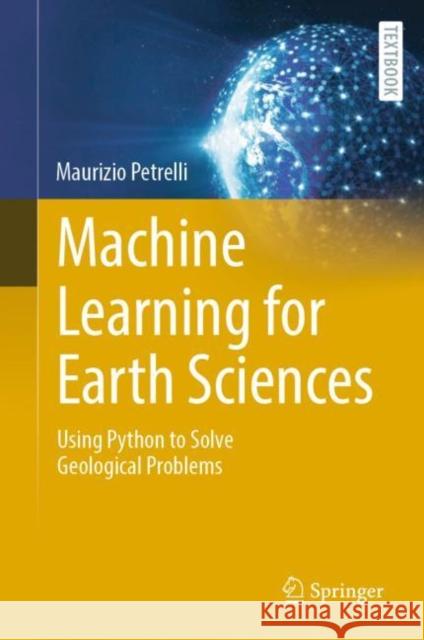Machine Learning for Earth Sciences » książka
topmenu
Machine Learning for Earth Sciences
ISBN-13: 9783031351136 / Twarda / 2023 / 209 str.
Machine Learning for Earth Sciences
ISBN-13: 9783031351136 / Twarda / 2023 / 209 str.
cena 322,77
(netto: 307,40 VAT: 5%)
Najniższa cena z 30 dni: 308,41
(netto: 307,40 VAT: 5%)
Najniższa cena z 30 dni: 308,41
Termin realizacji zamówienia:
ok. 22 dni roboczych
Bez gwarancji dostawy przed świętami
ok. 22 dni roboczych
Bez gwarancji dostawy przed świętami
Darmowa dostawa!
Kategorie:
Kategorie BISAC:
Wydawca:
Springer International Publishing AG
Seria wydawnicza:
ISBN-13:
9783031351136
Rok wydania:
2023
Ilość stron:
209
Wymiary:
23.5 x 15.5
Oprawa:
Twarda
Dodatkowe informacje:
Wydanie ilustrowane











